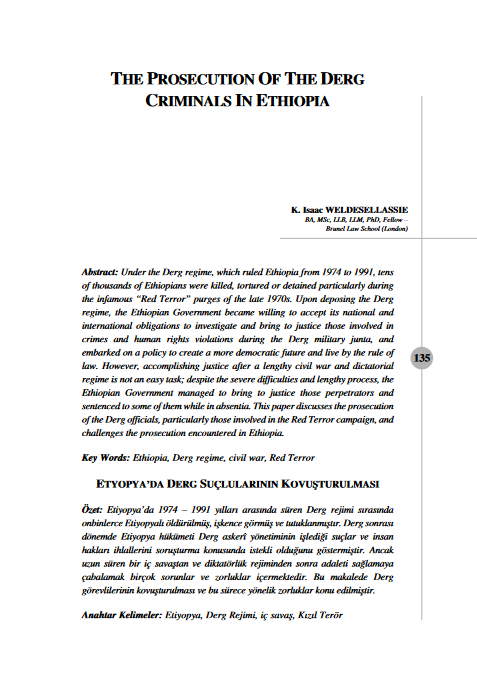EurActiv (10 May 2017)
Ambitious European Union targets to boost energy efficiency can unlock much-needed private investment, Peter Sweatman told EURACTIV.com. But the current targets are not high enough, said the rapporteur on the Energy Efficiency Financial Institutions Group (EFFIG).
Peter Sweatman is the rapporteur of EEFIG, which was set up by the European Commission and the United Nations Environment Program Finance Initiative. EEFIG works to identify barriers to the long-term financing of energy efficiency. Sweatman is also CEO of Climate Strategy & Partners and was a managing director at specialist fund manager Climate Change Capital.
Sweatman spoke to EURACTIV’s Political Editor, James Crisp.
EEFIG says that investment in energy efficiency has to increase by five times.
That’s exactly what we wrote about private investment. In 2014, we published a couple of reports and most recently a database that brings forward 7,800, more or less, energy efficiency projects from buildings and industry in Europe.
When you are dealing with the big numbers it is actually very hard. You can do a top down approach on the numbers, which is overall estimates of energy expenditure, and you can do bottom up by counting projects. We tried to do both, working from data from Eurostat and the International Energy Agency, and estimating the financing which could be available on an annual basis.
Then we have gone to a project by project basis, looking at those 7,800 projects, to see precisely how much money is going to each project and what the energy savings are.
Then there is public finance. Horizon 2020 and the European Commission and how those budgets have provided public finance to pump and prime at the risky end…
Isn’t that giving these private investors a subsidy? A guarantee to get the investors to unlock their capital.
Yes.
So why don’t they just invest? It makes good business sense.
Of all the questions you get in energy efficiency, that’s probably the hardest. It makes good business sense so why don’t people do it? All I can say is that in practice, decision-making by business and the public just isn’t logical.
When presented with alternatives, some of which are money-making in the long run, some of the which provide pleasure or alternative emotions in the short term, human beings are not always rational.
If we had infinite savings perhaps we would do everything we are supposed to do economically.
Energy Union boss wants wave of public finance to spur building renovations
The European Commission’s Energy Union chief Maroš Šefčovič is pushing for new public financing instruments to kick-start a wave of building renovation in Europe.
Is it that the rates of return are not attractive enough?
Long-term investors, institutional investors, often express a great deal of keenness to get into energy efficiency. Part of the problem is that energy efficiency projects are heterogeneous and they are small and they are scattered around a lot of buildings and industries.
It requires a great deal more analytical resources in the middle from financial institutions or from aggregators to group them up into baskets to allow pension funds or banks to invest in them.
There is an economy of scale in the provision of finance. What we used to say when I worked at JP Morgan was the amount of time and energy required to do a billion dollar transaction was the same as for $100 million was the same as $10 million.
An energy performance contract will have the same number of pages, independent, broadly speaking, of the amount of investment it concerns. Every building is a complex whole, which has systems, operations and controls that have to be coordinated.
Where public funds are necessary is to increase the level of technical and project development assistance to help overcome that.
Mobilising private financing for energy efficiency of buildings
Europe’s ageing building stock needs large-scale energy efficiency renovation if the EU is to meet its climate and energy targets. Increased private investment would create jobs and help citizens save money, writes Luca Bertalot.
So who benefits from such assistance?
A CEO said once energy efficiency is like picking up the dollar bills lying around on the floor. Energy efficiency is not a new thing. Large global brands have tended to do energy efficiency as part of the low hanging fruit of their climate programmes.
It is medium-sized and smaller companies that have the lowest hanging fruit. But at a time when it is harder for them to access capital markets in general and they are not as creditworthy.
Public funds and I don’t think of this as a subsidy, can be used to give a first loss provision. This is a feature that can allow a larger investor to have confidence in a pool of smaller projects. If in that pool of 100, there are a couple of bad ones, then the first loss tranche will take care of that couple of bad ones. This public, facilitative funding is able to get the right amount of funding to those SMEs and smaller projects.
Should green investments have a lower capital risk weighting for lenders?
This is definitely a fertile area for work. Energy efficiency has been booming in China because Chinese banks have energy efficiency guidelines and the People’s Bank of China has provided improved capital weighting allocations for banks conducting energy efficiency investments. There is a precedent.
I particularly like a programme which has been around for 12 years and is promoted by the European Bank for Regional Development, the Sustainable Energy Finance Facilities. They are using their resources to focus on a particular country, understand what kind of projects would be available, what industries, what types of buildings and what types of technologies…
And that varies across member states?
It does. It is just smart. You need to know what market you are entering to provide the right solutions. They then work with local banks. They recognise that not all public institutions are client-facing. You have to go to the people who have the clients. They provide a lot of the structure and framework in those programmes and they provide free energy audits. That is absolutely key.
Big companies often just hand my firm big chunks of paper. Here is the energy audit, you go away, figure out what we can do and what makes sense, then we will talk and make a project out of it. Without that information, I just don’t think that those projects would come into being.
It is one of those irrationalities again. If you are going to have to spend 7K on one of those audits – are you going to do it? Maybe…
It’s like renovating a home. Do I get new windows and insulation or a new kitchen?
Right. One of the areas Europe needs to focus on is upgrading the professionalisation of the teams that are in your house to offer you those energy efficient solutions. We are not being offered those energy efficient alternatives enough. Because sometimes the supply chain in the construction and buildings industry may not be familiar enough with the alternatives or confident enough they can deliver you the savings associated with them. So that’s an area for improvement.
Buildings: The forgotten dimension of energy efficiency
Improving the energy efficiency of our buildings is an area where EU action can make a big difference for citizens, while their digitalisation and integration into the energy system are indispensable for creating jobs and growth, and driving innovation, writes Lars Tveen.
What can Europe do in that space which is better than at a national level?
Personally, I am a supporter of targets. It’s strange to see how financial institutions and large companies work when a topic is written about in the press. If it’s on the agenda for the management teams then the management teams will ask the questions. It’s only a matter of asking the question then the people focusing on the financial side and the operational side will have to get together and come up with a project.
Can you get management teams to ask the question without targets?
It’s targets that put pressure on national governments. That gets the subject into the national newspapers and discussed. Then the management teams and the industries providing the solutions will be requesting meetings with the management teams, so everything is kind of a big circle.
Do you think the EU’s 27% energy efficiency target for 2030 is high enough?
No, I don’t. I’ve started up many firms in my career and NGOs and I think that it is great to have vision. Sometimes having a big aggressive ambitious vision gets you to a place you wouldn’t have got to. 40% I think is economically and cost-optimally achievable and I definitely support it. I think that level of ambition would be extraordinary.
The Commission wants 30%. When it is asked why not higher, it says the cost-benefit analysis doesn’t bear it out.
There is a question over speed. The best time to intercede with energy efficiency upgrades to a building is when you are renovating anyway. If you talk to large holders of real estate investments, they will tell you we have a renovation schedule. It is highly cost effective to intervene when a building is having down time because you are not losing revenue and rental for that period.
Even though the actual energy savings of the measures would deliver better when you do them earlier. Sometimes stopping an industry or building sooner than it was ready to do so has alternative costs.
Commission sets up EU's next energy efficiency battle
The European Commission will announce increased EU energy efficiency targets on Wednesday (30 November). But it will face resistance from member states opposed to binding, more ambitious rules, and from the European Parliament, which has demanded much higher goals.
Do you think the Energy Performance in Buildings certificate works?
I’ve been asking financial institutions this question because it is one of those things I’ve heard said too many times in a loose fashion. ‘We need to harmonise energy performance certificates’ etc. etc.
I don’t think it is a helpful discussion to introduce something like harmonisation or standardisation when I know that financial institutions in a national setting will deal with what is there.
In some countries, I asked if there are problems with energy performance certificates. In some leading countries, they said yes a decade ago and today, absolutely not.
Does it drive change?
I think it is driving consumer awareness. In the residential sector, it is working very well. If you have to have a certificate before you rent or sell a property, it forces consumers to realise there is an energy efficiency component and it may cause a conversation with an owner. Someone could say I see your rating is F. Why don’t you upgrade it? And if I am going to benefit while I rent your building for five years – well then maybe there is a deal we could do.
A call for more ambitious 2030 energy efficiency targets
A report from the European Commission’s own research centre triggers an interesting debate by showing that the EU is well on track to reach its headline 2020 energy efficiency target. The 2030 target should be more ambitious as a result, writes Marion Santini.
No comments yet.
- AMBASSADOR SAYS RUSSIA MILITARY BASE IN ARMENIA COULD BE EXPANDED The Caucasus and Turkish-Armenian Relations 10.05.2017
- ARMENIAN DIASPORA COMMITS PROVOCATION IN IMMORTAL REGIMENT MARCH IN MOSCOW The Caucasus and Turkish-Armenian Relations 10.05.2017
- MACRON'S BATTLE FOR THE NATIONAL ASSEMBLY Europe - EU 10.05.2017
-
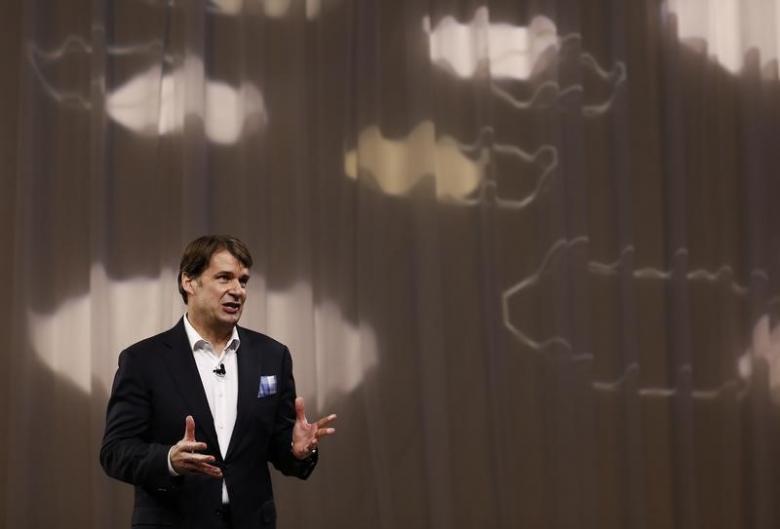 UK NEEDS POST BREXIT DEALS WITH TURKEY, SOUTH AFRICA, NOT JUST EU: FORD
Europe - EU
10.05.2017
UK NEEDS POST BREXIT DEALS WITH TURKEY, SOUTH AFRICA, NOT JUST EU: FORD
Europe - EU
10.05.2017
- US CONSIDERING SENDING UP TO 3,000 ADDITIONAL TROOPS TO AFGHANISTAN Asia - Pacific 10.05.2017
-
25.01.2016
THE ARMENIAN QUESTION - BASIC KNOWLEDGE AND DOCUMENTATION -
12.06.2024
THE TRUTH WILL OUT -
27.03.2023
RADİKAL ERMENİ UNSURLARCA GERÇEKLEŞTİRİLEN MEZALİMLER VE VANDALİZM -
17.03.2023
PATRIOTISM PERVERTED -
23.02.2023
MEN ARE LIKE THAT -
03.02.2023
BAKÜ-TİFLİS-CEYHAN BORU HATTININ YAŞANAN TARİHİ -
16.12.2022
INTERNATIONAL SCHOLARS ON THE EVENTS OF 1915 -
07.12.2022
FAKE PHOTOS AND THE ARMENIAN PROPAGANDA -
07.12.2022
ERMENİ PROPAGANDASI VE SAHTE RESİMLER -
01.01.2022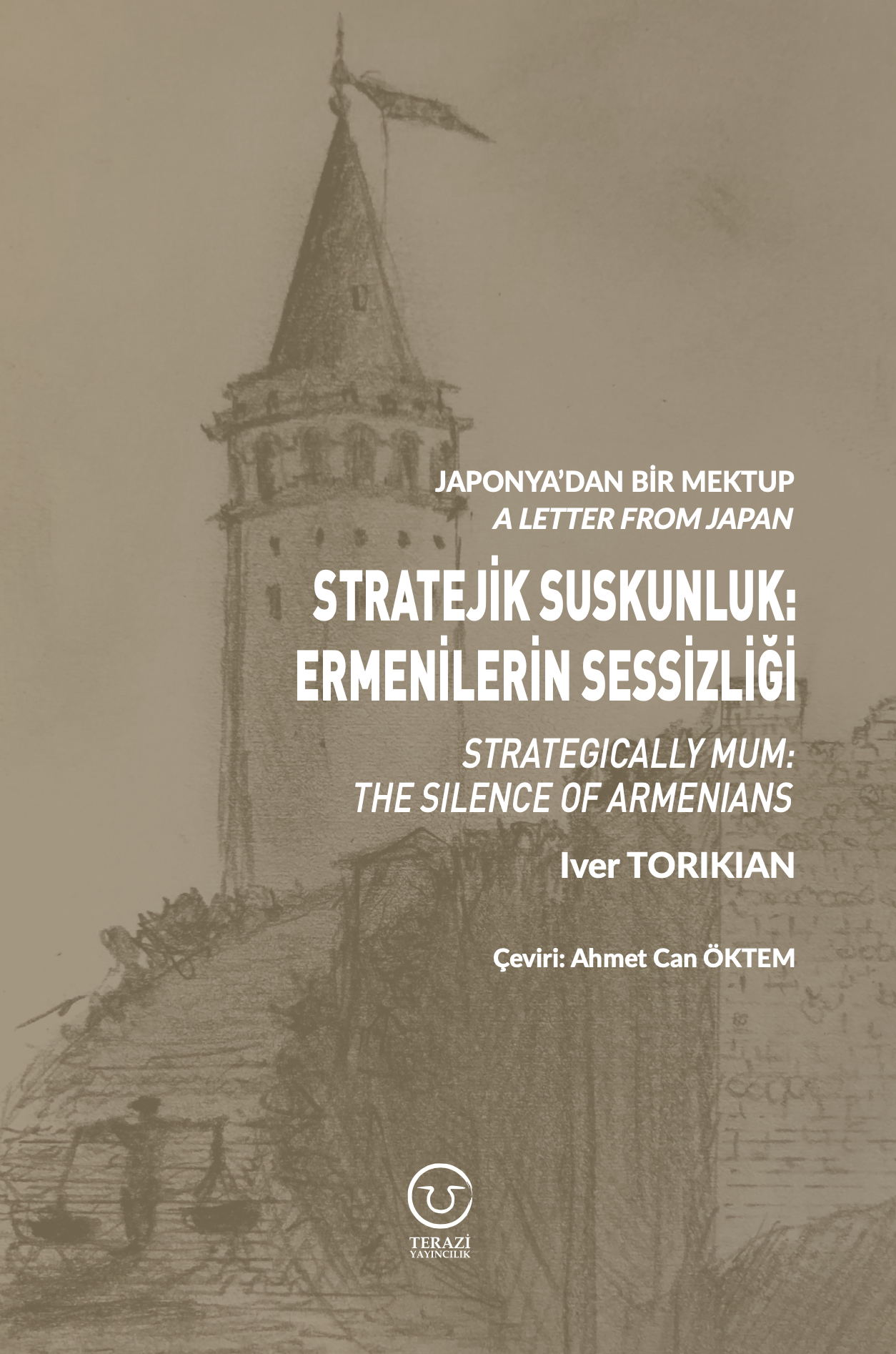
A Letter From Japan - Strategically Mum: The Silence of the Armenians -
01.01.2022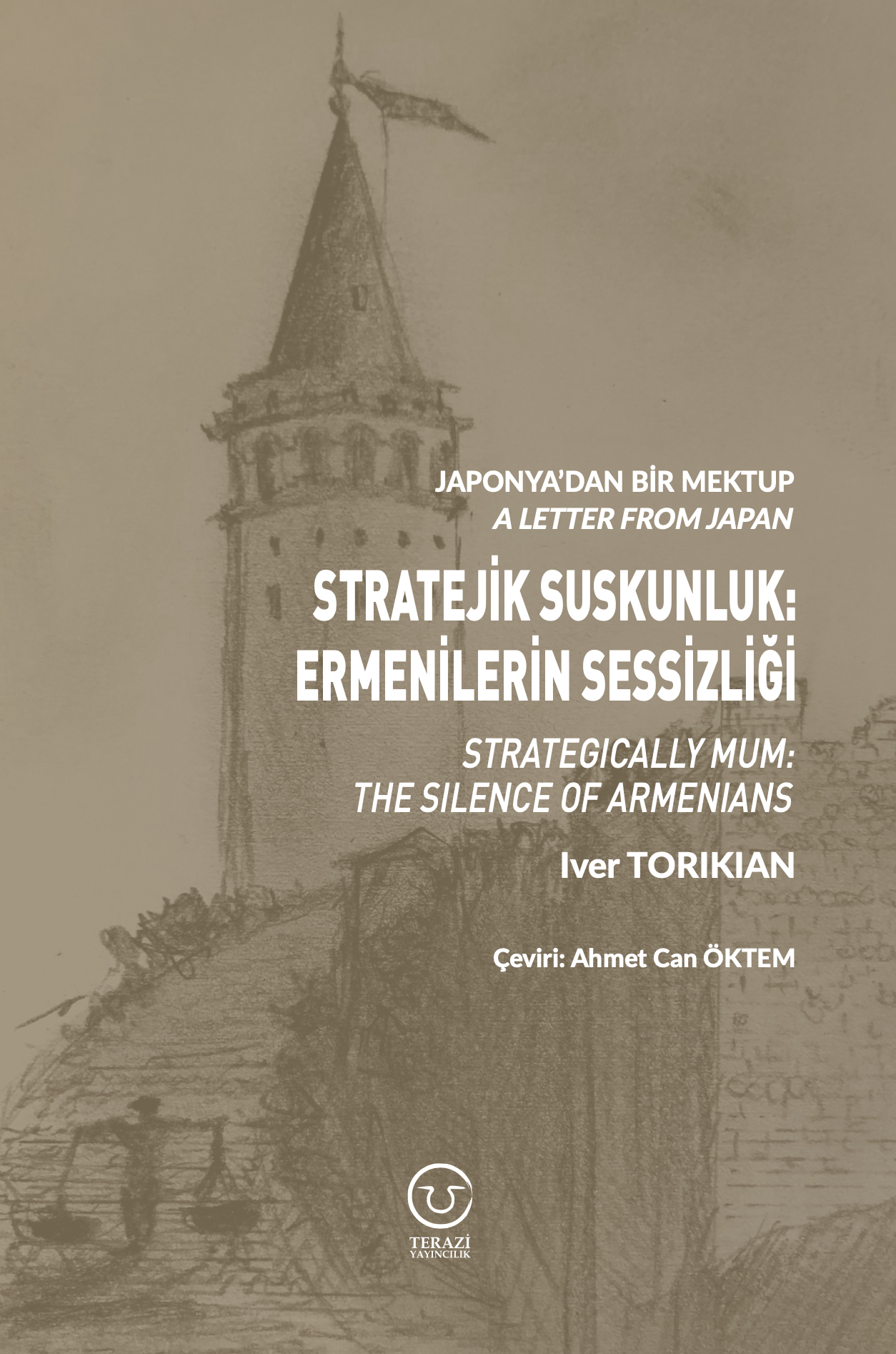
Japonya'dan Bir Mektup - Stratejik Suskunluk: Ermenilerin Sessizliği -
03.06.2020
Anastas Mikoyan: Confessions of an Armenian Bolshevik -
08.04.2020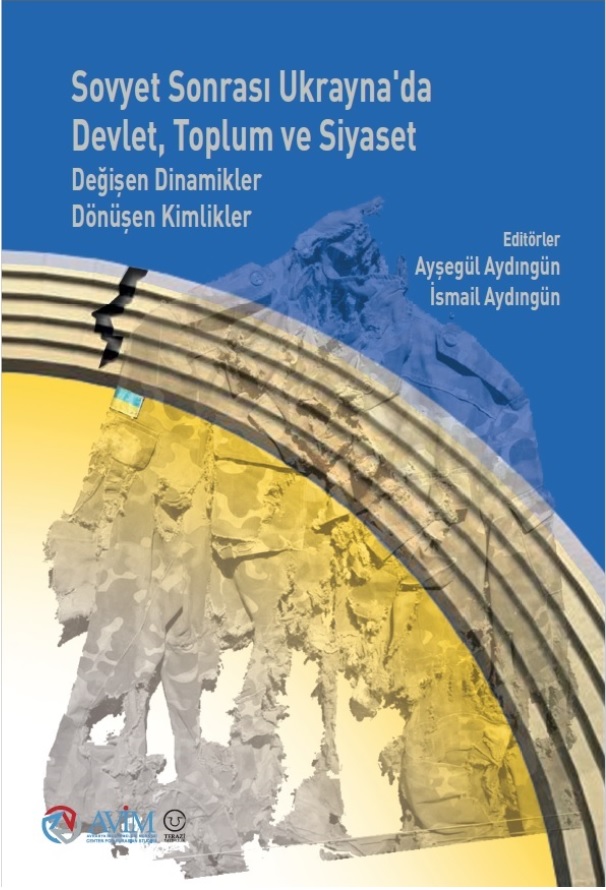
Sovyet Sonrası Ukrayna’da Devlet, Toplum ve Siyaset - Değişen Dinamikler, Dönüşen Kimlikler -
12.06.2018
Ermeni Sorunuyla İlgili İngiliz Belgeleri (1912-1923) - British Documents on Armenian Question (1912-1923) -
02.12.2016
Turkish-Russian Academics: A Historical Study on the Caucasus -
01.07.2016
Gürcistan'daki Müslüman Topluluklar: Azınlık Hakları, Kimlik, Siyaset -
10.03.2016
Armenian Diaspora: Diaspora, State and the Imagination of the Republic of Armenia -
24.01.2016
ERMENİ SORUNU - TEMEL BİLGİ VE BELGELER (2. BASKI)
-
AVİM Conference Hall 24.01.2023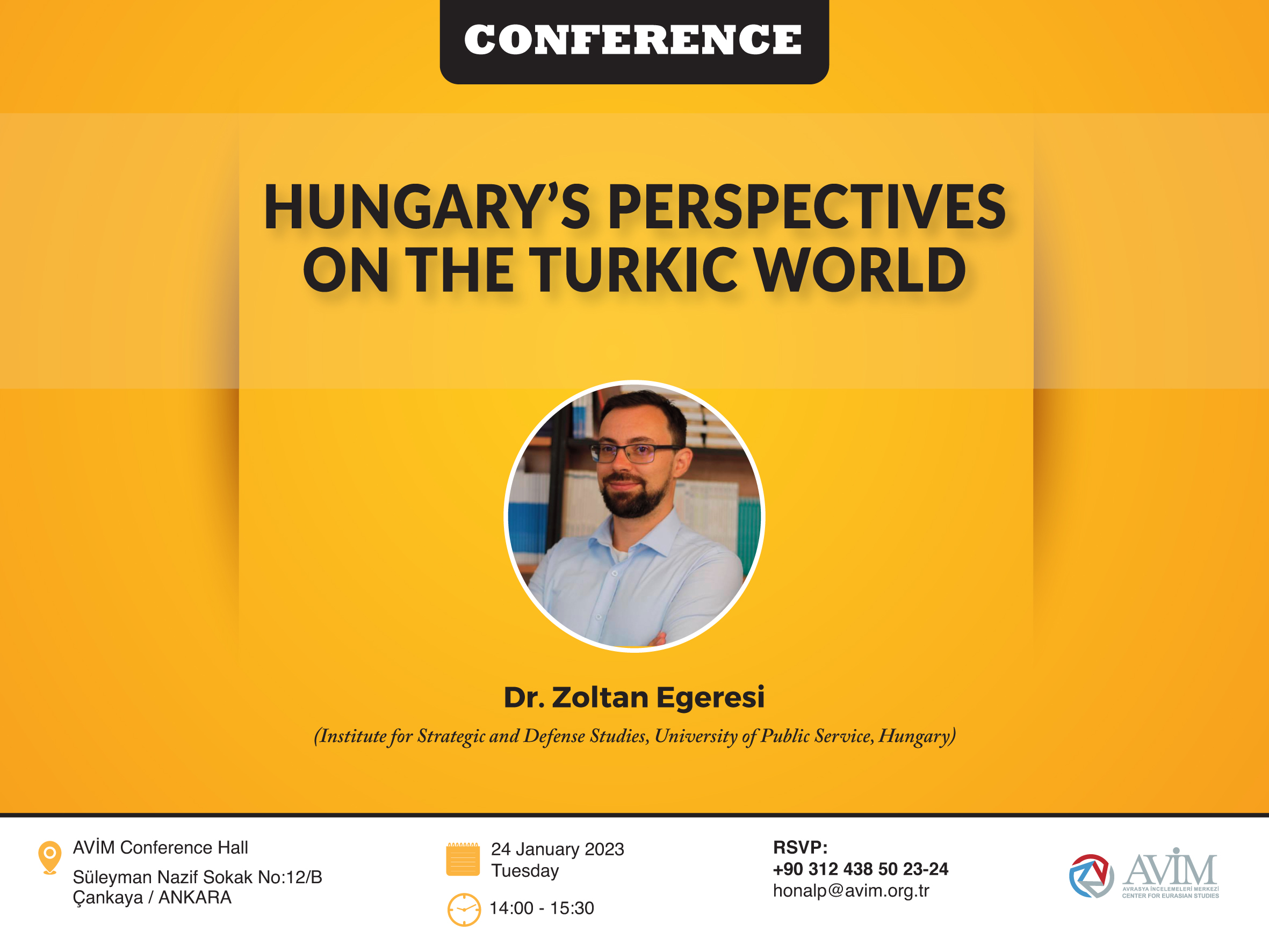
CONFERENCE TITLED “HUNGARY’S PERSPECTIVES ON THE TURKIC WORLD"








